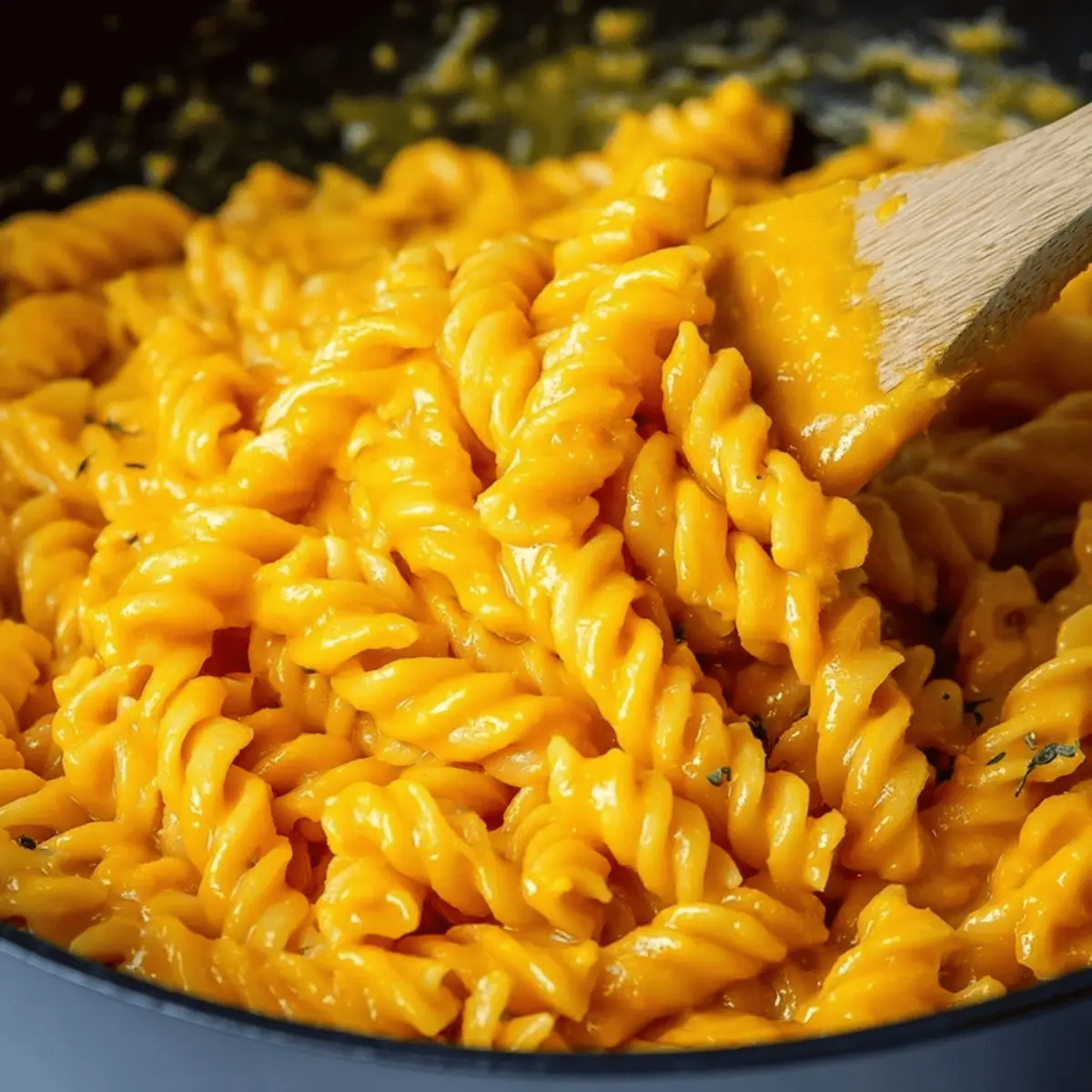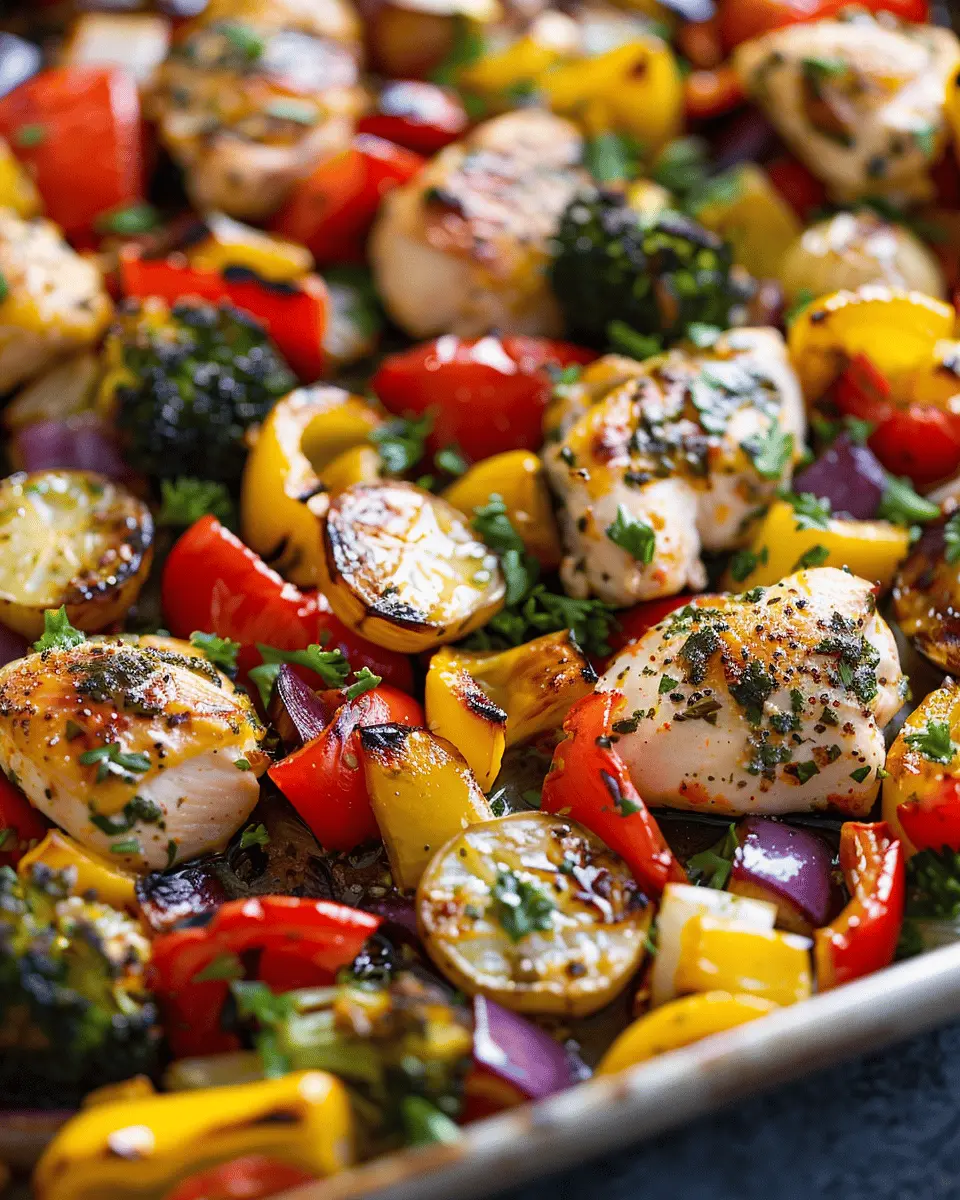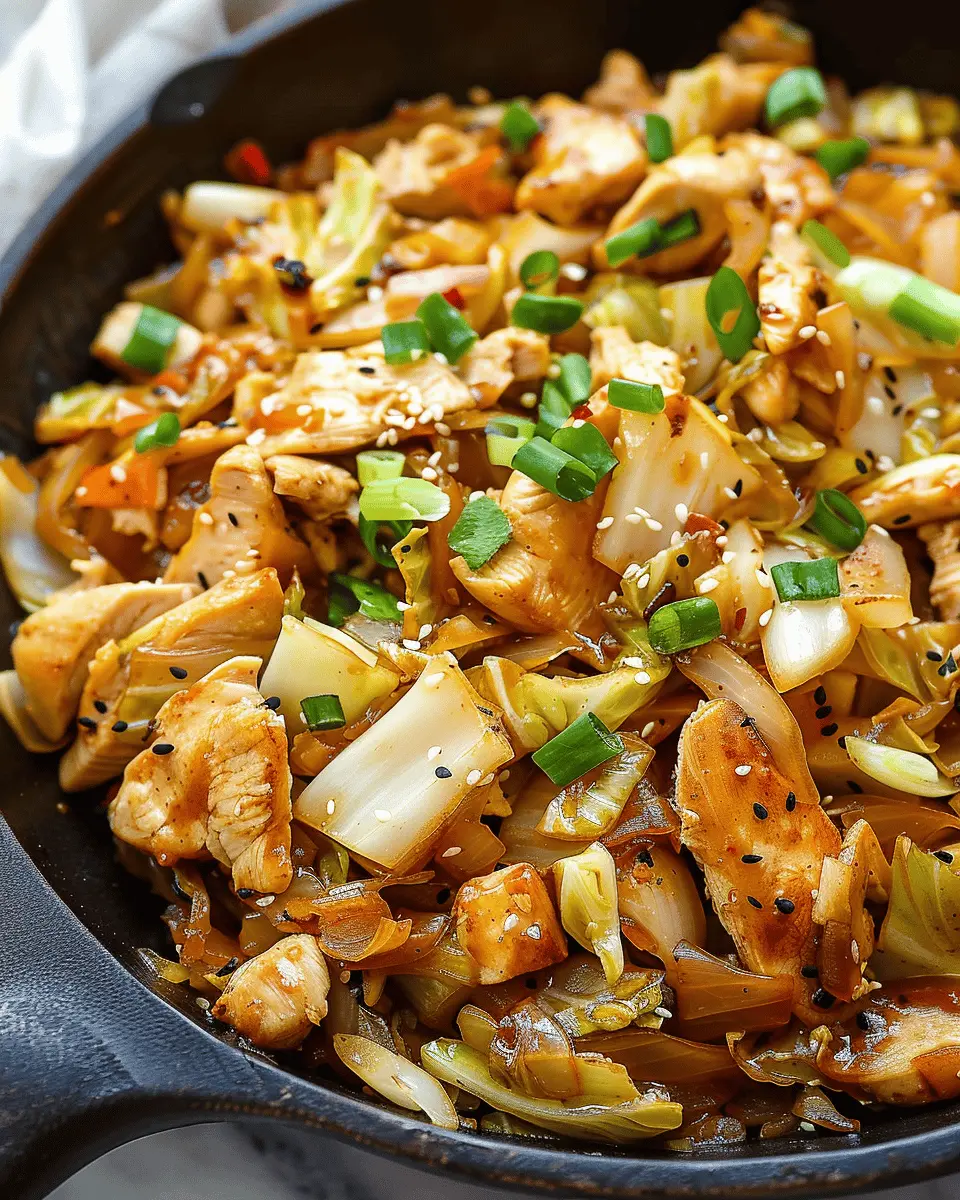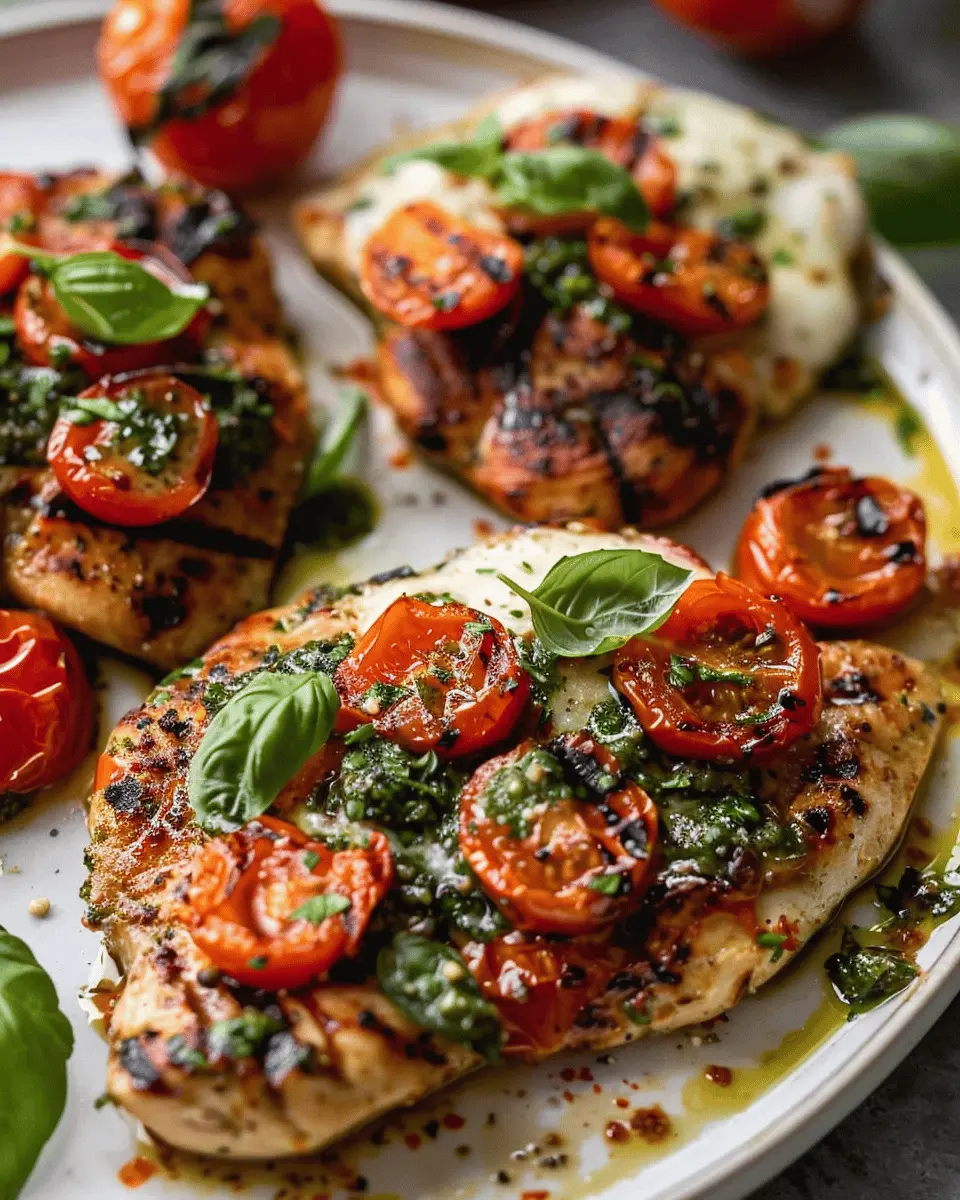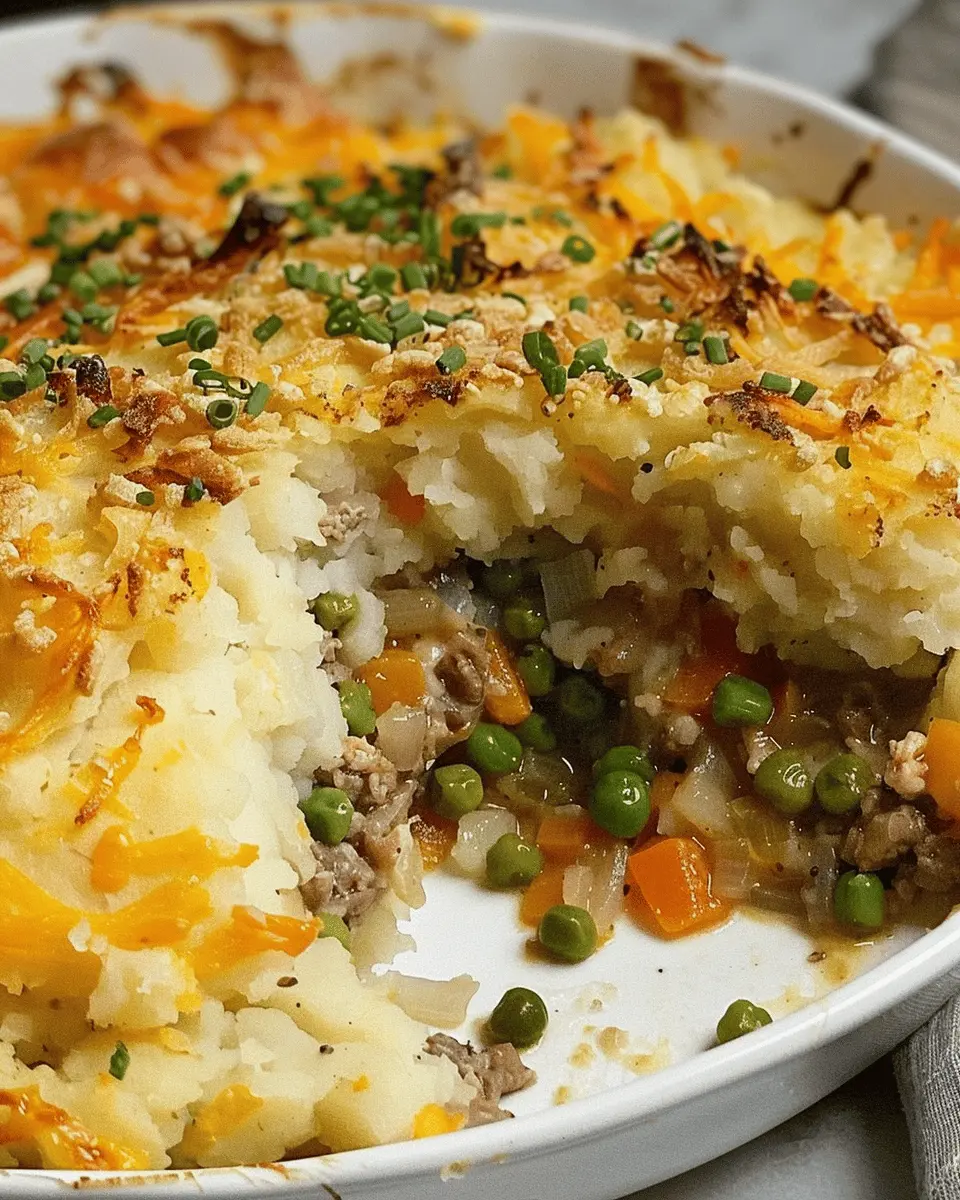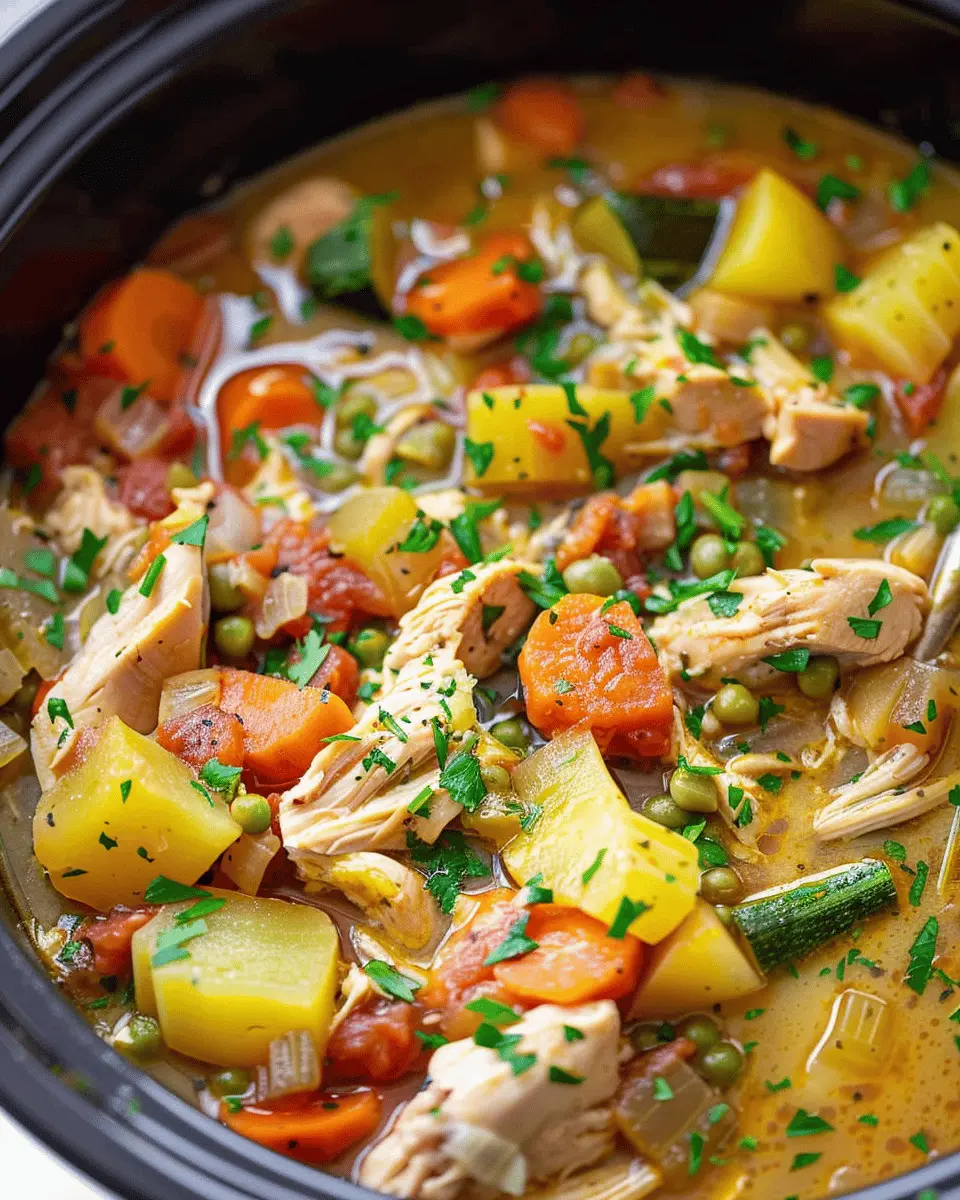Introduction to Butternut Squash Pasta Sauce
Butternut squash pasta sauce is emerging as a wonderful alternative to traditional pasta sauces, especially for those hectic weeknights when time is of the essence. Picture this: it’s 6 PM on a Tuesday, you’re tired from work, and the last thing you want to do is spend hours in the kitchen. This is where butternut squash pasta sauce comes to the rescue!
Why Butternut Squash Pasta Sauce is a Game-Changer for Busy Weeknights
-
Quick and Easy to Prepare: With just a few basic ingredients, making butternut squash pasta sauce can be incredibly fast. Most recipes take around 30 minutes, leaving you with ample time to unwind or tackle other household chores. By using precut butternut squash or frozen cubes, your prep time decreases significantly.
-
Nutritious and Filling: Butternut squash is packed with essential vitamins and minerals. Rich in Vitamin A, which supports eye health and boosts immunity, this sauce can easily help you hit your daily nutritional goals. According to the USDA, just one cup of cooked butternut squash has over 20% of your daily fiber needs, making it not just delicious but also satisfying.
-
Versatile Flavor Profile: The naturally sweet and nutty flavor of butternut squash makes it an excellent base for various seasonings. Whether you prefer a dash of sage, a sprinkle of chili flakes, or a hint of garlic, this sauce can be customized to fit your mood or dietary needs. It’s a fantastic canvas for creativity!
-
Perfect for Meal Prepping: Butternut squash pasta sauce can be made in batch and stored for later use. It keeps well in the fridge for up to five days and can be frozen for up to three months. This means you can whip up a large batch on Sunday and enjoy a healthy meal throughout the week.
For those curious about how to cook with butternut squash, check out this nutrition guide that provides nutritional breakdowns and cooking tips.
Next time you’re wondering what to whip up for dinner, remember: butternut squash pasta sauce isn’t just a meal; it’s a strategy for making your weeknights smoother and more enjoyable!
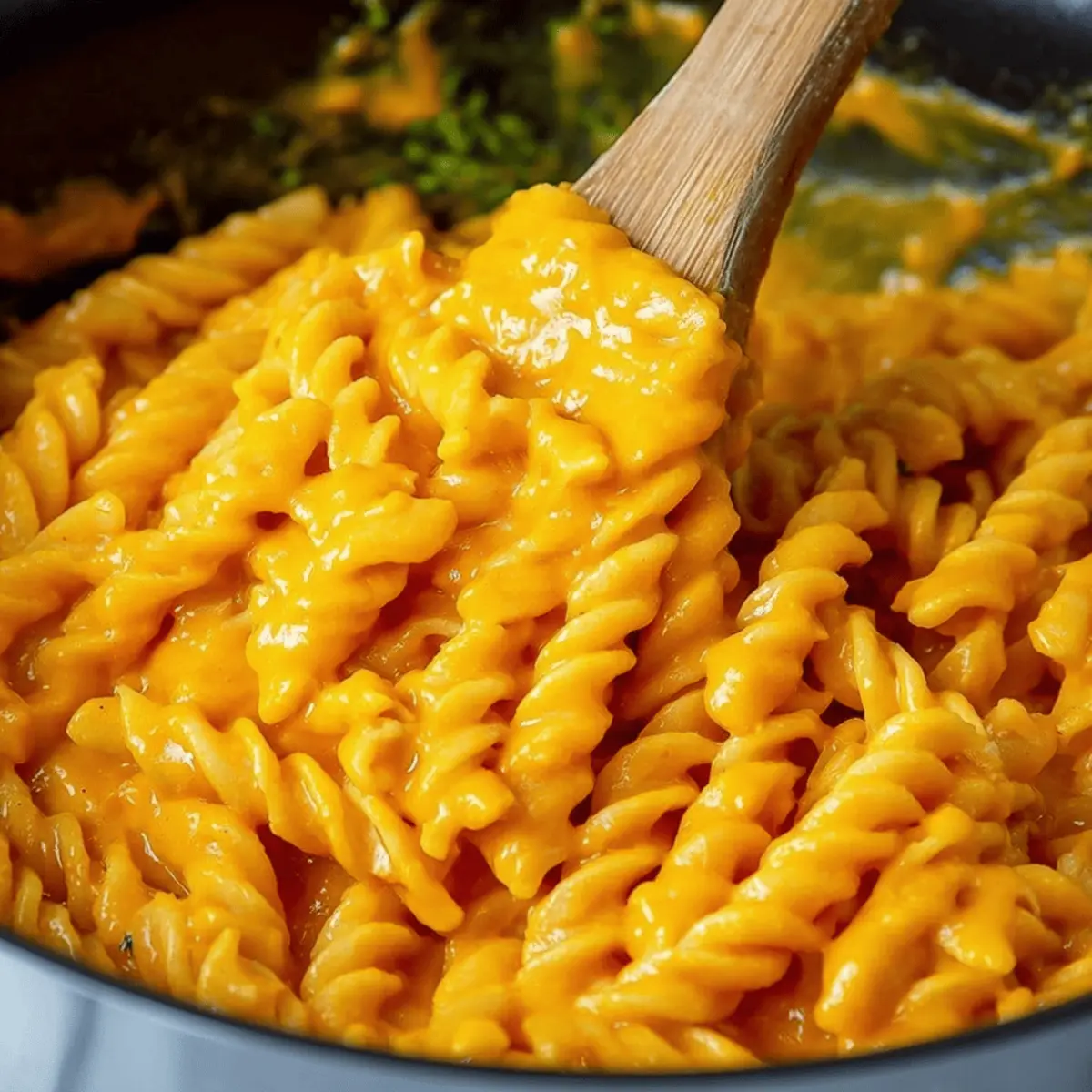
Ingredients for Butternut Squash Pasta Sauce
Essential ingredients for a creamy sauce
Creating a delectable butternut squash pasta sauce starts with a few key ingredients that bring out the squash’s naturally sweet flavors. Here’s what you’ll need:
- Butternut squash: The star of this sauce. Look for a firm, heavy squash with a smooth skin.
- Olive oil: A great choice for sautéing. It adds richness and enhances flavors.
- Garlic: Fresh cloves add depth, while cooking mellows its sharpness.
- Onion: Sweet or yellow onions work well, providing a savory base.
- Vegetable broth: Use low-sodium for better control over saltiness; it helps achieve that creamy texture.
- Heavy cream or cashew cream: For that silky finish—go dairy-free with cashew cream for a vegan option.
Optional ingredients for added flavor and texture
Want to elevate your butternut squash pasta sauce even further? Consider adding these optional ingredients:
- Nutmeg or cinnamon: Just a pinch can bring warmth and complexity.
- Parmesan cheese: For a hint of umami and richness; you can also use nutritional yeast for a vegan touch.
- Fresh herbs: Basil or thyme can brighten up the flavors.
- Red pepper flakes: If you enjoy a little heat.
- Pine nuts: Toasted for a delightful crunch.
For a deeper dive into flavor pairings, check out Serious Eats or America’s Test Kitchen for great ideas tailored to your palate.
With these ingredients, you’re well on your way to making a delicious, creamy butternut squash pasta sauce that’s sure to impress!
Preparing Butternut Squash Pasta Sauce
If you’re looking for a fresh, healthy alternative to traditional pasta sauces, butternut squash pasta sauce is a game changer. It’s creamy, slightly sweet, and packed with nutrients. Let’s break down the process step-by-step so you can impress yourself and your dinner guests alike.
Roast the Butternut Squash
The foundation of any great butternut squash pasta sauce is, of course, the squash itself. Start by preheating your oven to 400°F (200°C). While it’s heating up, you’ll want to prep your squash. Here’s how:
- Carefully peel the butternut squash with a vegetable peeler. The skin can be pretty tough, so make sure to use a sharp one.
- Cut off the ends and slice it in half lengthwise. Scoop out the seeds with a spoon. You can save those seeds for roasting later if you like a crispy snack.
- Chop the squash into roughly one-inch cubes and place them on a baking sheet. Drizzle with olive oil, salt, and pepper—these simple seasonings really help enhance its natural sweetness.
- Roast in the oven for about 25-30 minutes, or until the squash is tender and caramelized. This brings out those lovely flavors!
Roasting not only makes the squash sweeter, but it also adds that rich depth of flavor that you’ll love in your sauce. If you’re interested in learning more about the health benefits of butternut squash, sites like Healthline provide great insights.
Sauté the Aromatics
While your squash is roasting, it’s the perfect time to prepare your aromatics! A couple of cloves of garlic and a small onion will elevate your sauce to a whole new level. Here’s what to do:
- In a large skillet, heat a tablespoon of olive oil over medium heat. Add your diced onion and sauté until translucent, about 3-5 minutes.
- Toss in minced garlic and sauté for an additional minute, until fragrant. Be careful not to burn it; burnt garlic can turn bitter!
This combination not only adds depth to your butternut squash pasta sauce but also fills your kitchen with a wonderful aroma.
Blend the Roasted Squash and Seasonings
Now that you’ve got your aromatics ready and the squash is beautifully roasted, it’s time to blend!
- Transfer the roasted squash to a blender or a food processor. Add the sautéed onion and garlic, along with a splash of vegetable or chicken broth (about half a cup).
- Blend until smooth. You may need to add more broth or a touch of cream depending on your preferred consistency.
- Season with salt, pepper, and a dash of nutmeg or cinnamon for warmth. Taste and adjust as necessary!
The blending process creates that luscious, creamy texture that is truly satisfying.
Combine with Your Favorite Pasta
Time to bring it all together! Choose your favorite type of pasta—whole grain or gluten-free options work wonderfully too. You’ll want to:
- Cook the pasta according to package instructions until al dente. Save about a cup of pasta water before draining.
- In the same pot you cooked the pasta, combine it with the butternut squash sauce. If it’s too thick, gradually add some reserved pasta water until you reach the desired consistency.
This step creates a cohesive dish where the pasta absorbs that fantastic sauce.
Serve and Enjoy!
Finally, it’s time to plate your delicious creation. Garnish with freshly grated Parmesan cheese, cracked black pepper, or fresh herbs like basil or parsley. Not only does it make for a beautiful presentation, but it adds another layer of flavor.
Now, dig in and enjoy your butternut squash pasta sauce! It’s perfect for cozy weeknight dinners or for impressing friends at a gathering. This dish not only tastes amazing but also brings the wonderful seasonal flavors right from your kitchen. Happy cooking!
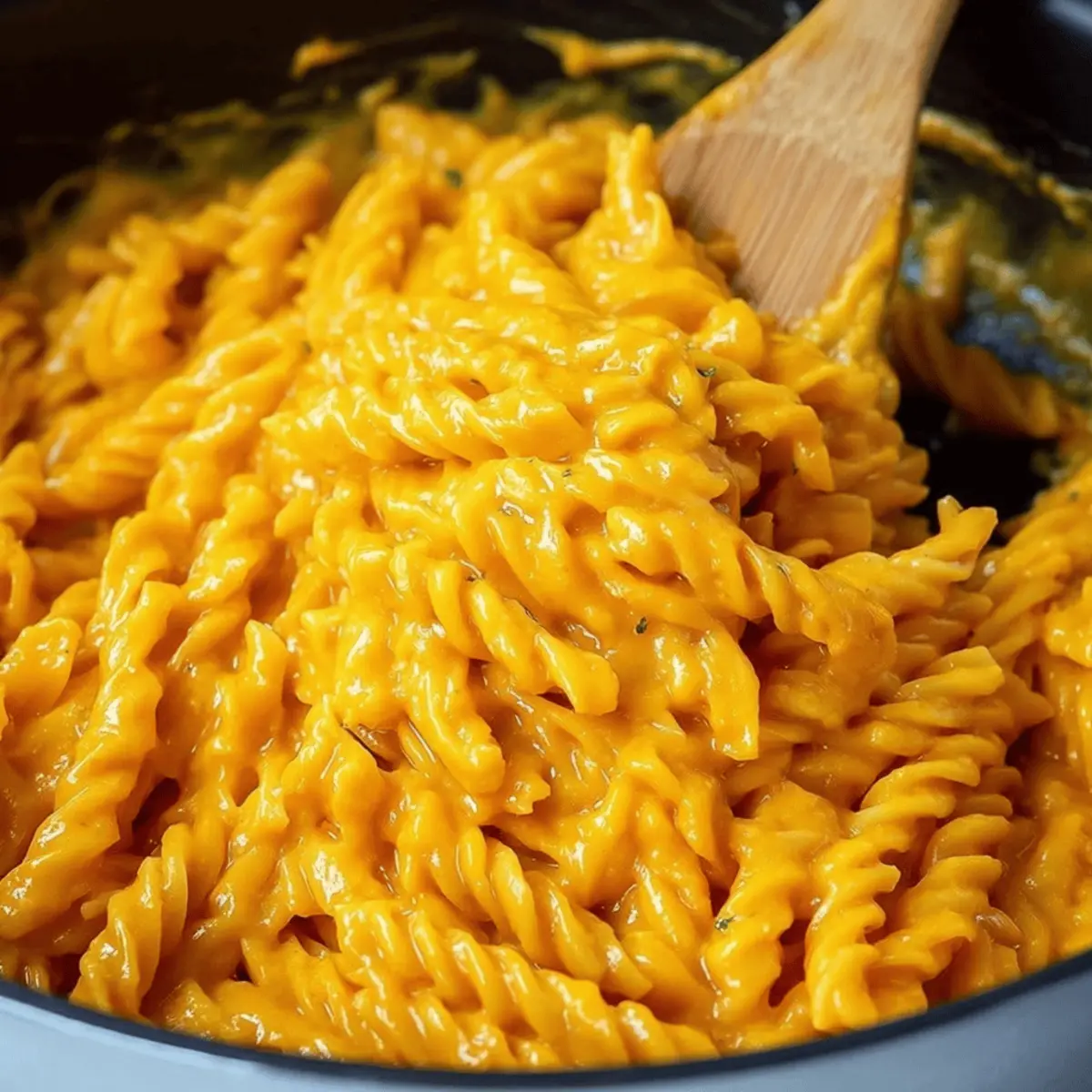
Variations on Butternut Squash Pasta Sauce
When you’re whipping up a flavorful butternut squash pasta sauce, the possibilities for customization are endless. Here are a few ideas that can elevate your dish, making it more nutritious and exciting!
Adding Protein: Chicken and Sausage Options
Want to take your sauce to the next level? Adding protein is a great idea! Both chicken and sausage can bring a heartiness that pairs beautifully with the sweet and creamy butternut squash.
- Grilled Chicken: Simply season and grill pieces of chicken breast. Dice them up and toss them into your pasta.
- Sausage: Italian sausage, either spicy or sweet, can be sautéed and mixed in. The flavor from the sausage really complements the sweetness of the squash.
For great tips on choosing quality meats, check out Consumer Reports.
Going Vegan: Plant-Based Alternatives
If plant-based eating is more your style, no worries! There are fantastic alternatives that keep the flavor profile intact:
- Chickpeas or Lentils: These protein-packed options are not only nutritious but also add a lovely texture to your sauce.
- Tofu or Tempeh: Cubed and sautéed, these can soak up the delicious flavors of your butternut squash pasta sauce.
Looking for more plant-based options? Visit Forks Over Knives for fresh inspiration!
Mixing in Greens: Spinach or Kale Additions
Want to kick up the nutrition? Adding greens is an excellent way to enhance your dish.
- Spinach: A handful of spinach added at the last moment wilts perfectly into the sauce without losing its nutrients.
- Kale: For a heartier option, finely chop kale and let it simmer with the sauce until tender.
These variations not only boost the nutritional value but also bring a pop of color. Plus, who doesn’t love a bit of green in their pasta?
Cooking Tips and Notes for Butternut Squash Pasta Sauce
Best Practices for Roasting Squash
Roasting butternut squash brings out its natural sweetness, so let’s make the most of it! Here are a few handy tips:
- Cut Evenly: Aim for uniform cubes (about 1-inch) to ensure even cooking. Uneven pieces can lead to some being mushy while others remain hard.
- Season Generously: A drizzle of olive oil, salt, and pepper is essential. For a twist, try adding herbs like thyme or rosemary for additional flavor. If you’re interested in more roasting techniques, check out Serious Eats.
- High Heat: Roast at 400°F (200°C) for about 25-30 minutes, tossing halfway through for that perfect caramelization.
Storing Leftovers for Later
One of the joys of making butternut squash pasta sauce is that it keeps well! Here’s how to store it:
- Cool First: Allow the sauce to cool completely before transferring it to an airtight container.
- Refrigerate: Store in the fridge for up to 5 days. Need it longer? It freezes beautifully!
- Freezing Tips: Consider portioning it out in ice cube trays for easy reheating later. Simply pop a cube into your pasta when ready to enjoy!
With these tips, you can savor the rich flavors of your butternut squash pasta sauce on busy weeknights or impress friends during casual get-togethers. Enjoy!
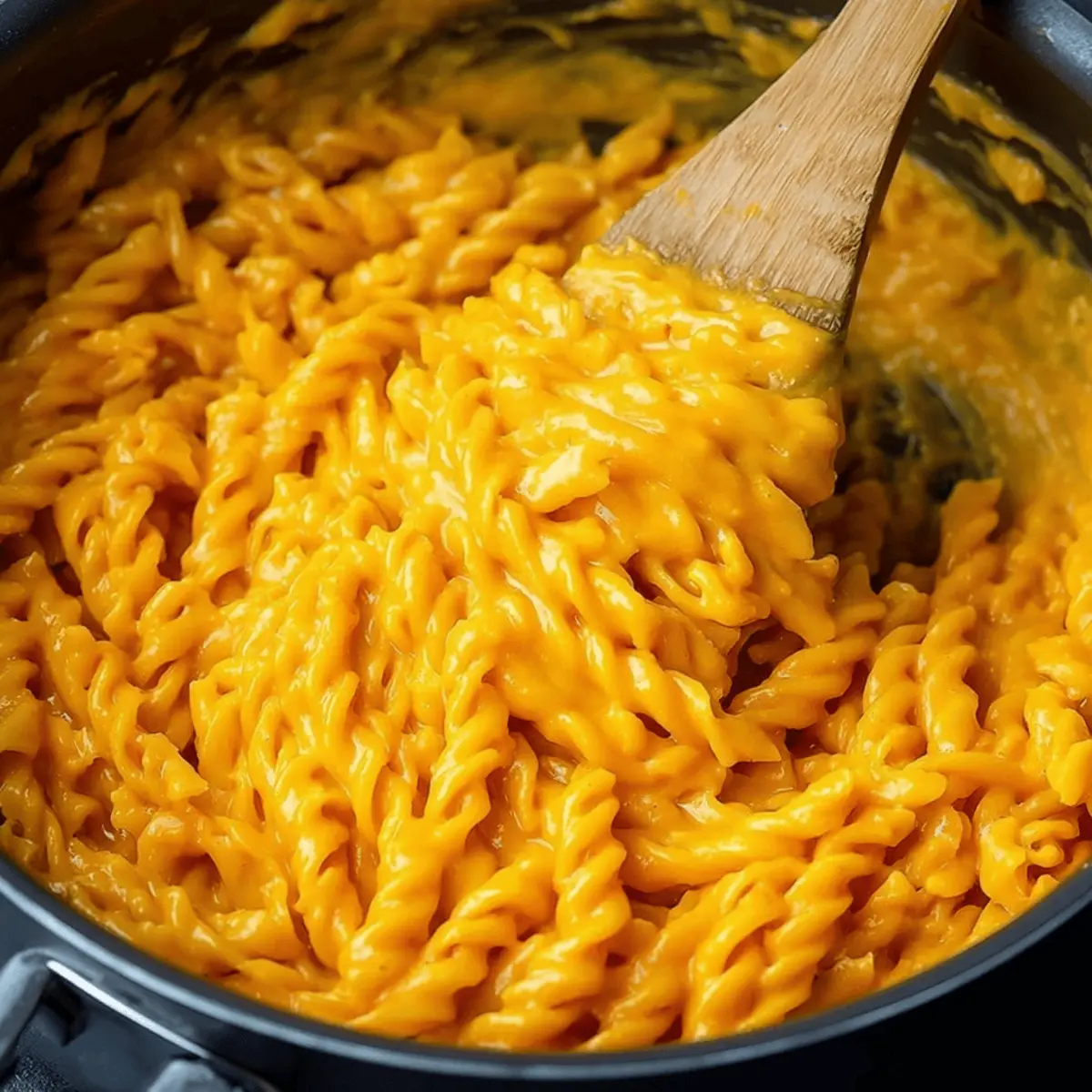
Serving Suggestions for Butternut Squash Pasta Sauce
Perfect Pasta Pairings
When it comes to butternut squash pasta sauce, not all pasta shapes are created equal! While you can use any pasta, consider these delightful pairings:
- Fettuccine: Its wide flat shape holds onto the creamy sauce beautifully.
- Penne: The tubular shape captures bits of squash for a burst of flavor in every bite.
- Whole Wheat Spaghetti: Adds a nutty flavor that complements the sweetness of the sauce.
Experimenting with different types can enhance your culinary experience! If you’re looking for nutritional benefits, whole grain options offer additional fiber and nutrients, making them a fantastic choice.
Suggested Garnishes for Enhanced Flavor
Elevate your butternut squash pasta sauce with thoughtful garnishes. Here are my top picks:
- Toasted pine nuts: For a satisfying crunch and a rich, buttery flavor.
- Fresh herbs: A sprinkle of sage or parsley can brighten the dish.
- Grated Parmesan cheese: Adds a savory kick that balances sweetness—perfect for cheese lovers.
Don’t be afraid to get creative! These simple additions can transform your pasta from good to unforgettable. For more ideas, check out Serious Eats for inspiration on flavor pairings and garnishes, or explore Bon Appétit for preparation tips.
With these serving suggestions, your butternut squash pasta will shine on any dinner table!
Time Breakdown for Butternut Squash Pasta Sauce
Preparation Time
Getting ready for your butternut squash pasta sauce doesn’t take long! Spend about 10–15 minutes peeling, chopping, and prepping your ingredients. It’s a great opportunity to listen to your favorite podcast or crack open a new playlist.
Cooking Time
Once you’ve got everything prepped, cook your sauce for about 30–35 minutes. This simmering time allows flavors to meld beautifully, giving you that rich and creamy sauce you crave.
Total Time
In total, you’re looking at around 45–50 minutes from start to finish. Perfect for a weeknight dinner that feels special without consuming your entire evening. If you’re curious about the health benefits of butternut squash, check out this article from Healthline. Happy cooking!
Nutritional Facts for Butternut Squash Pasta Sauce
Calories
When it comes to butternut squash pasta sauce, you’ll be pleased to know that it’s a guilt-free option—typically coming in at around 100-150 calories per serving. This makes it a fantastic choice for those who are health-conscious but still want to enjoy a hearty meal.
Carbohydrates
One of the standout features of this sauce is its carbohydrate content. With around 20-25 grams of carbs per serving, the bulk of this comes from the natural sugars found in butternut squash. Unlike refined carbs, these sugars are accompanied by fiber, helping to ensure a steady release of energy without the crash often associated with heavier pasta sauces.
Vitamins and Minerals
Butternut squash is a treasure trove of vitamins and minerals. It’s loaded with:
- Vitamin A: Great for eye health and immune function.
- Vitamin C: Offers antioxidant benefits, supporting overall wellness.
- Potassium: Essential for maintaining healthy blood pressure.
For more comprehensive nutritional insights, the USDA’s FoodData Central can be a useful resource. By choosing butternut squash pasta sauce, you’re not only delighting your taste buds but also nourishing your body with these essential nutrients.
This sauce is an excellent way to incorporate more vegetables into your diet without feeling like you’re sacrificing flavor! Wouldn’t it be great to have a comforting pasta dish that also boosts your health?
FAQs about Butternut Squash Pasta Sauce
Can I use frozen butternut squash for this recipe?
Absolutely! Using frozen butternut squash is a great time-saver. Just remember that it’s typically cooked before freezing, which means you’ll want to adjust your cooking time. You can thaw it in the refrigerator overnight or give it a quick blast in the microwave. This method keeps the flavor and nutrients intact while making your cooking process smoother. If you’re curious about how freezing affects nutritional content, sources like Healthline can provide more insight.
How do I make the sauce spicier?
If you’re a fan of heat, there are several ways to spice up your butternut squash pasta sauce. Here are a few suggestions:
- Add chili flakes: Incorporate red pepper flakes during the cooking process for a subtle kick.
- Fresh chilis: Dice up some jalapeños or serranos and sauté them with your onions for a more intense flavor.
- Hot sauce: A splash of your favorite hot sauce at the end can elevate the heat level without altering the sauce’s creamy texture.
Experiment with these options until you find the perfect spice level for your palette!
Can I prepare the sauce in advance?
Yes! One of the beauties of butternut squash pasta sauce is its ability to be made ahead of time. You can create a batch and store it in an airtight container in the refrigerator for up to five days. Alternatively, consider freezing portions for longer storage—perfect for those busy weeknights. When you’re ready to eat, simply reheat on the stove or in the microwave. It saves time and allows you to enjoy this delicious sauce whenever the craving strikes!
For tips on storing and reheating, check out this guide on meal prep strategies from a trusted cooking site.
By addressing these common questions, I hope you feel more equipped to make your butternut squash pasta sauce! Happy cooking!
Conclusion on Butternut Squash Pasta Sauce
As you explore the world of butternut squash pasta sauce, don’t be afraid to make this recipe your own. Experimenting with spices like nutmeg or adding a splash of cream can elevate the dish to new heights! This creamy, comforting sauce not only satisfies but also packs in a wealth of nutrients.
Consider pairing your pasta with seasonal vegetables for added texture and flavor. By embracing your creativity in the kitchen, you’ll not only whip up a delightful meal but also share a piece of your culinary journey with friends and family.
Ready to get cooking? Check out this resource on cooking techniques for more inspiration!
PrintButternut Squash Pasta Sauce: The Creamy Cozy Delight You Need
A creamy butternut squash pasta sauce that brings warmth and comfort to your dinner table.
- Prep Time: 15 minutes
- Cook Time: 30 minutes
- Total Time: 45 minutes
- Yield: 4 servings 1x
- Category: Pasta Sauce
- Method: blend, roast, cook
- Cuisine: Italian
- Diet: Vegetarian
Ingredients
- 2 cups butternut squash, roasted
- 1 cup heavy cream
- 1 garlic clove, minced
- 1/2 teaspoon nutmeg
- 1/2 teaspoon salt
- 1/4 teaspoon black pepper
- 1 tablespoon olive oil
- 1/4 cup grated Parmesan cheese
Instructions
- Preheat your oven to 400°F (200°C).
- Peel and cube the butternut squash, then roast for 25-30 minutes until tender.
- In a blender, combine the roasted butternut squash, heavy cream, garlic, nutmeg, salt, and pepper. Blend until smooth.
- In a pan, heat olive oil over medium heat and add the blended sauce.
- Stir in Parmesan cheese, and simmer for 5 minutes.
- Serve over your favorite pasta.
Notes
- This sauce can be made ahead of time and refrigerated for up to 3 days.
- For a vegan option, substitute heavy cream with coconut milk and omit the cheese.
Nutrition
- Serving Size: 1 cup
- Calories: 320
- Sugar: 4g
- Sodium: 450mg
- Fat: 27g
- Saturated Fat: 15g
- Unsaturated Fat: 10g
- Trans Fat: 0g
- Carbohydrates: 18g
- Fiber: 2g
- Protein: 5g
- Cholesterol: 80mg
Keywords: Butternut Squash Pasta Sauce

